I. Introduction
“Let us create a future-oriented Korea-Japan relationship that reflects the needs of a new era.”
(Posted by President Lee Jae-myung on social media shortly after his phone call with Japanese Prime Minister Shigeru Ishiba)
The phrase “future-oriented” Korea-Japan relations has been used as a shared desire to offer a pathway that transcends protracted tensions over the historical problem and advances multifaceted functional cooperation in bilateral discourse. Despite such rhetoric, unresolved historical issues continue to cast a shadow over bilateral relations, creating structural impediments to sustained diplomatic improvement. While the 2015 “comfort women” agreement represented a significant diplomatic breakthrough, ongoing controversies regarding its content and implementation have undermined its effectiveness. Similarly, despite the Yoon Suk-yeol government’s proposal of a “third-party repayment” mechanism to address victims of forced labor in the colonial era, implementation has stalled due to insufficient Japanese cooperation as well as domestic discontent. The diplomatic controversy surrounding Japan’s UNESCO World Heritage nomination for the Sado Mine further illustrates the persistence of historical grievances in contemporary bilateral relations.
Former President Yoon’s 2023 “third-party” repayment plan marked a watershed moment, ushering in a period of marked improvement characterized by the restoration of governmental and civil exchanges. The historic Camp David Joint Statement represented the culmination of this diplomatic momentum, establishing a new framework for trilateral cooperation among South Korea, the United States, and Japan. This progress, however, occurred against a backdrop of deepening domestic polarization, as evidenced by the 2024 Public Opinion Survey on Korea-Japan Relations conducted by East Asia Institute (EAI). The progressive-conservative divide was most pronounced in attitudes toward Japan policy, with the sharp bifurcation between the two camps raising concerns that consistency in national policy remains precarious, thereby weakening South Korea’s bargaining leverage with Japan (Sohn 2024). The political upheaval that engulfed South Korea in early 2025—encompassing martial law, presidential impeachment, and early elections—further intensified these domestic divisions. The progressive opposition’s incorporation of anti-Japan rhetoric into the initial impeachment proceedings against President Yoon exemplified the extent to which bilateral relations remained vulnerable to domestic political dynamics, heightening concerns about potential deterioration in public sentiment toward Japan.
Results of the EAI’s 13th Public Opinion Survey conducted on June 4-5, 2025, however, conversely suggests a positive trend in Korean sentiment towards Japan. For the first time since its survey polls launched, favorable views of Japan and its prime minister exceeded unfavorable ones, while support for the third-party compensation plan outweighed opposition. These convergent indicators, representing “golden crosses” across multiple metrics, suggest an unprecedented shift in South Korean public sentiment toward Japan. Most significantly, respondents identified “future-oriented” cooperation as the paramount priority in ROK-Japan diplomatic relations, superseding resolving the history problem in their hierarchy of concerns. While acknowledging the continued importance of addressing historical issues, the public expressed a clear preference that such matters not impede bilateral collaboration in trade, technology, security, climate change, and environmental protection.
The two nations celebrate their 60th anniversary of diplomatic normalization on June 22. At this critical inflection point in bilateral relations, findings of the survey serve as a symbolic bellwether that signals the emergence of a new era in Korea-Japan ties. This report examines the trajectory and underlying dynamics of this attitudinal shift while identifying the political challenges that will determine whether this transformation can be sustained and institutionalized in the years ahead.
II. Surge in Public Favorability Toward Japan
South Korean public sentiment toward Japan has shown a consistent upward trajectory since hitting its nadir in 2020. For the first time since the inception of the East Asia Institute’s public opinion survey, the proportion of respondents expressing favorable views toward Japan surpassed those with unfavorable views, marking a significant “golden cross.” In particular, favorability has increased fivefold over the past five years, from 12.3 percent in 2020 to 63.3 percent in 2025. The 21.6 percentage-point rise from the previous year alone constitutes a record-breaking shift (Figure 1). This level of favorability now approaches that of the United States (77.5 percent) and contrasts sharply with sentiment toward China (25.6 percent) (Figure 2).
Figure 1. Trends in Favorability Toward Japan, 2013-2025
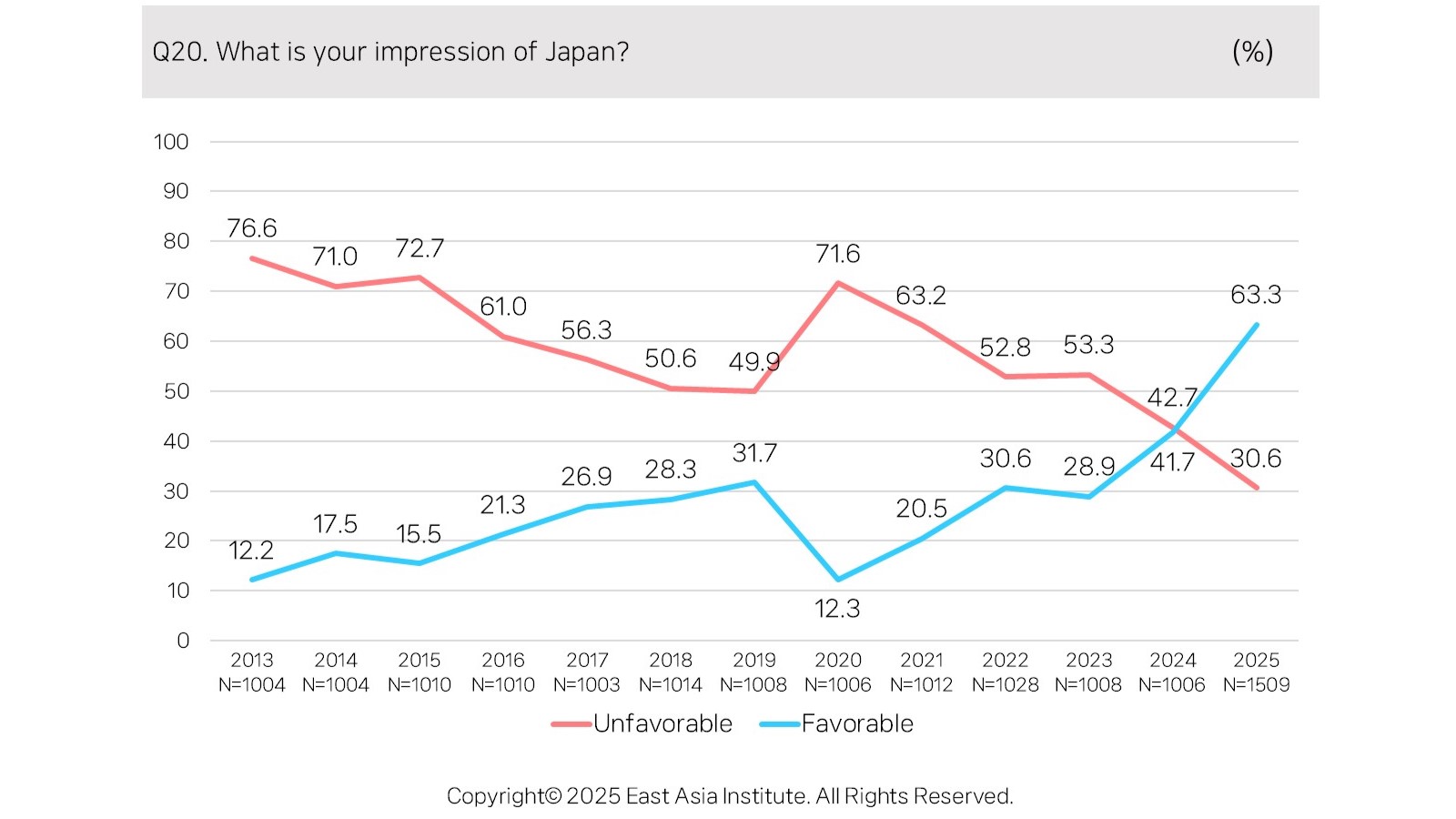
Figure 2. Favorability Toward the United States, Japan, and China, 2023-2025
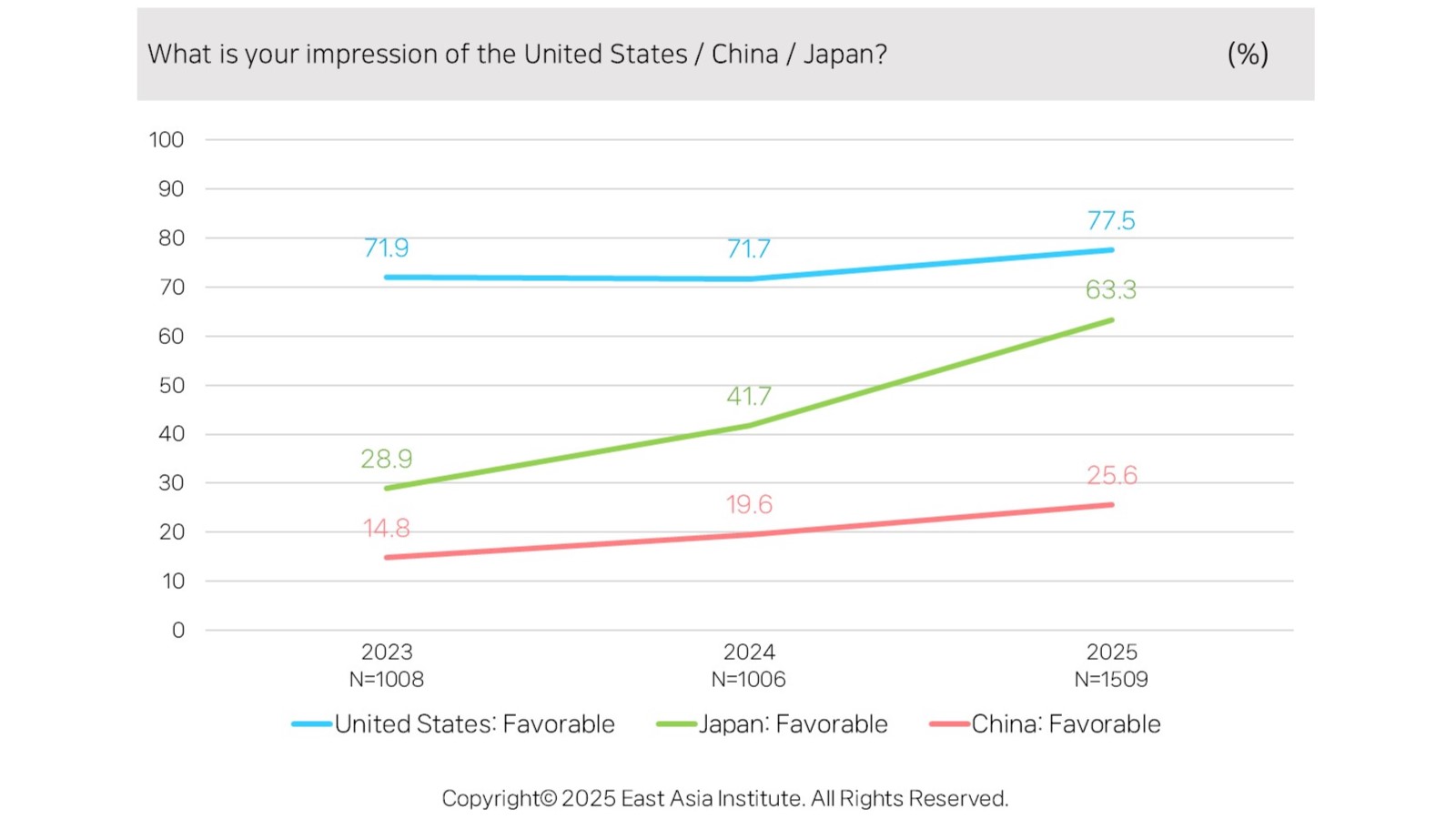
The recent increase in favorable public sentiment toward Japan does not appear to stem from substantive progress on longstanding history problem, which have consistently served as a major impediment to the advancement of Korea-Japan relations. The South Korean government’s 2023 proposal to address the issue of wartime forced labor through a “third-party repayment” mechanism was met with widespread domestic disapproval, a reaction that has persisted over time (Sohn et al. 2023). Similarly, the admіnistration’s handling of Japan’s 2024 UNESCO inscription of the Sado Mine elicited strong domestic criticism.
These developments suggest that, despite sustained public dissatisfaction surrounding unresolved historical issues, perceptions of Japan have nonetheless become increasingly favorable. While Japanese attitudes toward history remain the primary source of anti-Japanese sentiment in South Korea, rising favorability appears to reflect the influence of other factors, rather than any genuine improvement in historical reconciliation.
Figure 3. Reasons for Favorable Impressions
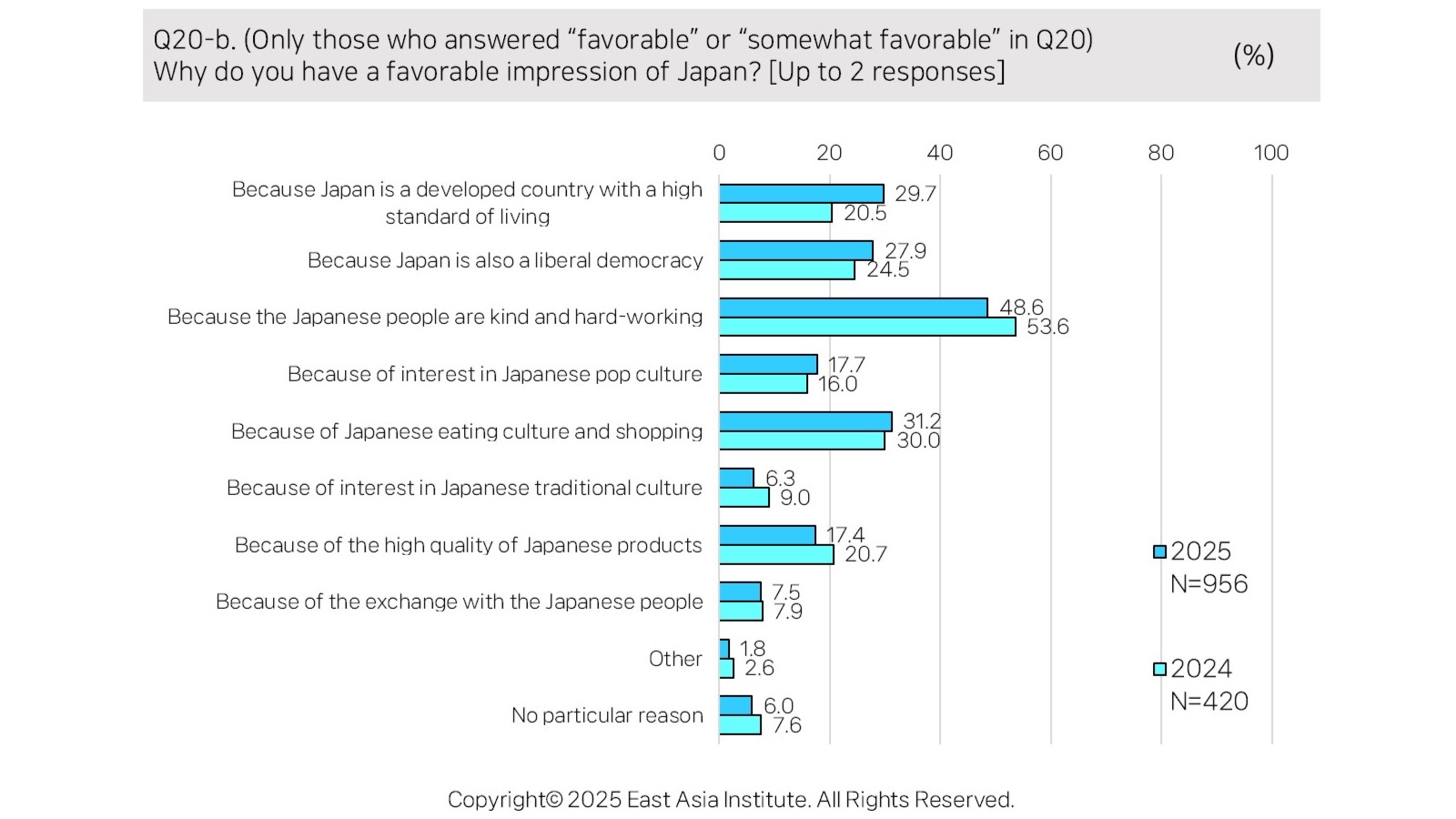
Positive perceptions of Japan among Koreans are explained by two key factors: “politeness and sincerity of the Japanese people,” “attractive cuisine and shopping,” its identity as an “advanced country with a high standard of living,” and interest in Japanese “popular culture” such as manga, anime, J-Pop, novels, and movies. These factors share a common characteristic in that they emerge primarily from direct, experiential encounters with Japanese society. This experiential dimension suggests that travel to Japan functions as a critical variable in shaping contemporary perceptions. Through firsthand exposure, South Korean visitors develop personal impressions of Japanese society—encompassing interpersonal interactions, culinary experiences, consumer environments, and cultural products—that often supersede preexisting stereotypes or generational prejudices rooted in historical memory. The post-pandemic recovery in bilateral travel has been remarkable in both scale and velocity. Following the initial reopening, South Korean visitors to Japan surpassed one million in 2022, subsequently climbing to 7.82 million in 2023 and 8.82 million in 2024. By April 2025, the number had already exceeded 3.2 million, indicating sustained momentum in cross-border mobility.
Figure 4. Experience Visiting Japan, 2013-2025

Figure 5. Number of Visits to Japan in the Past 5 Years
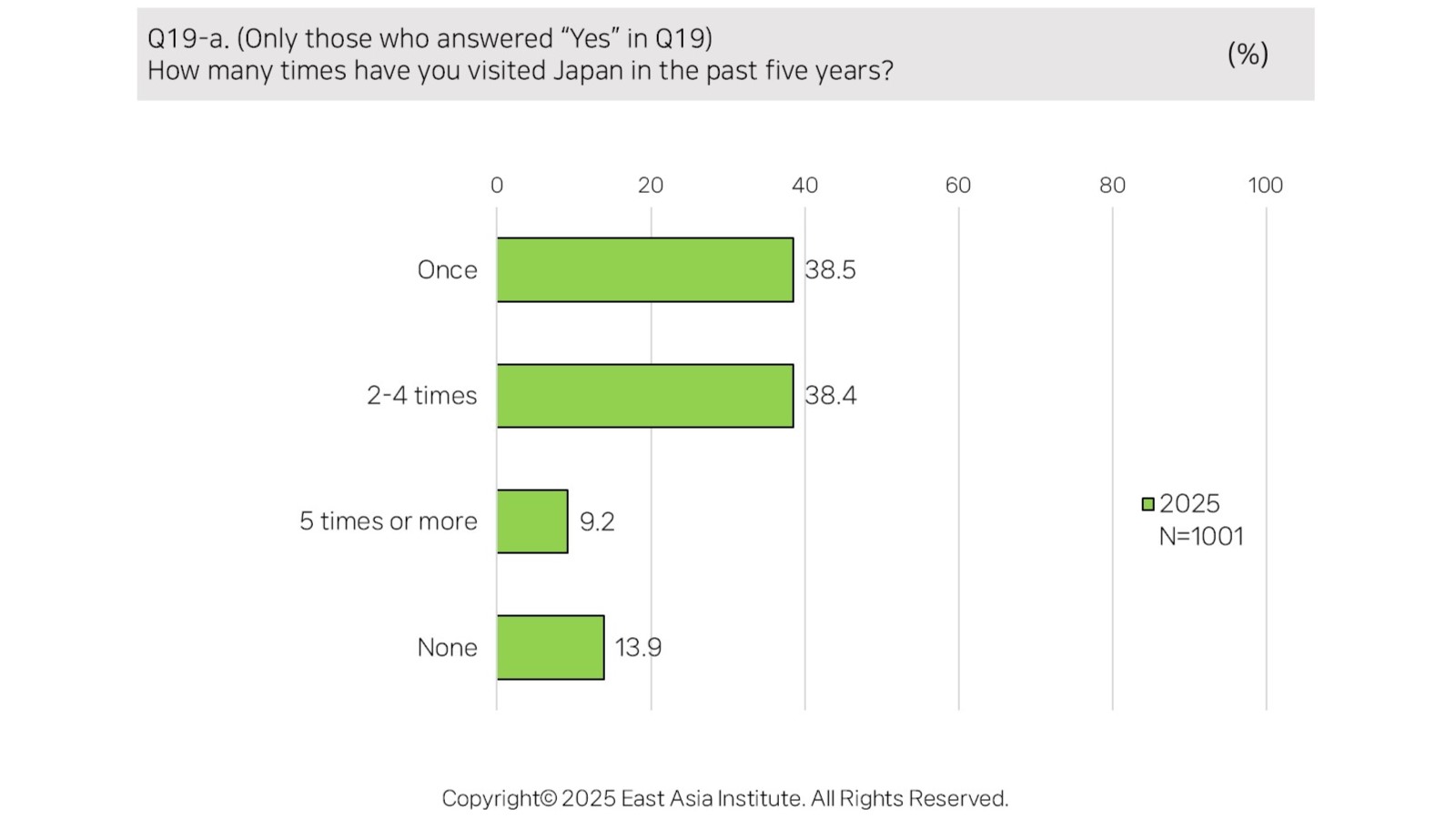
As illustrated in Figure 4 and Figure 5, the proportion of respondents who have visited Japan in the past two to three years has markedly increased, with nearly half reporting multiple visits. This trend is most prominent among respondents aged 18 to 39, often categorized as the MZ (Millennial and Generation Z) generation, who exhibit the highest levels of favorability toward Japan. Specifically, favorable perceptions were reported by 74 percent of respondents aged 18 to 29 and by 74.1 percent of those aged 30 to 39, substantially exceeding the overall favorability rate of 63.3 percent.
This age cohort also constitutes the primary demographic engaged in consuming Japanese popular culture. Given existing scholarship demonstrating that popular culture consumption contributes positively to mutual perceptions and enhances bilateral favorability between South Korea and Japan (Sohn and Lee 2021), it is plausible that the younger generation has significantly influenced the observed upward trend in favorable attitudes toward Japan through frequent travel and active engagement with Japanese cultural content.
Nevertheless, to comprehensively explain the pronounced increase in favorability observed within the past year, it is necessary to consider additional explanatory variables. In this regard, the present survey highlights another significant development: factors underlying the increased public support for the new admіnistration’s pursuit of future-oriented cooperation with Japan.
III. Support for “Future-Oriented” Korea-Japan Relations
Regarding policy priorities for the new admіnistration, respondents who selected “promoting future-oriented cooperation in areas such as economy, technology, security, and environment” (49.6%) considerably outnumbered those who chose “resolving pending historical issues” (31.5%), representing a notable difference of 18.1 percentage points. This result marks a reversal from the findings of a pre-presidential election survey in 2022, in which the resolution of historical issues (40.7%) had previously outranked future-oriented cooperation (35.3%) (Figure 6). In other words, the primary emphasis in the putative “two-track diplomacy” approach promoted by previous admіnistrations has now shifted clearly toward functional cooperation.
Figure 6. Priorities for the New Admіnistration’s Policy toward Japan
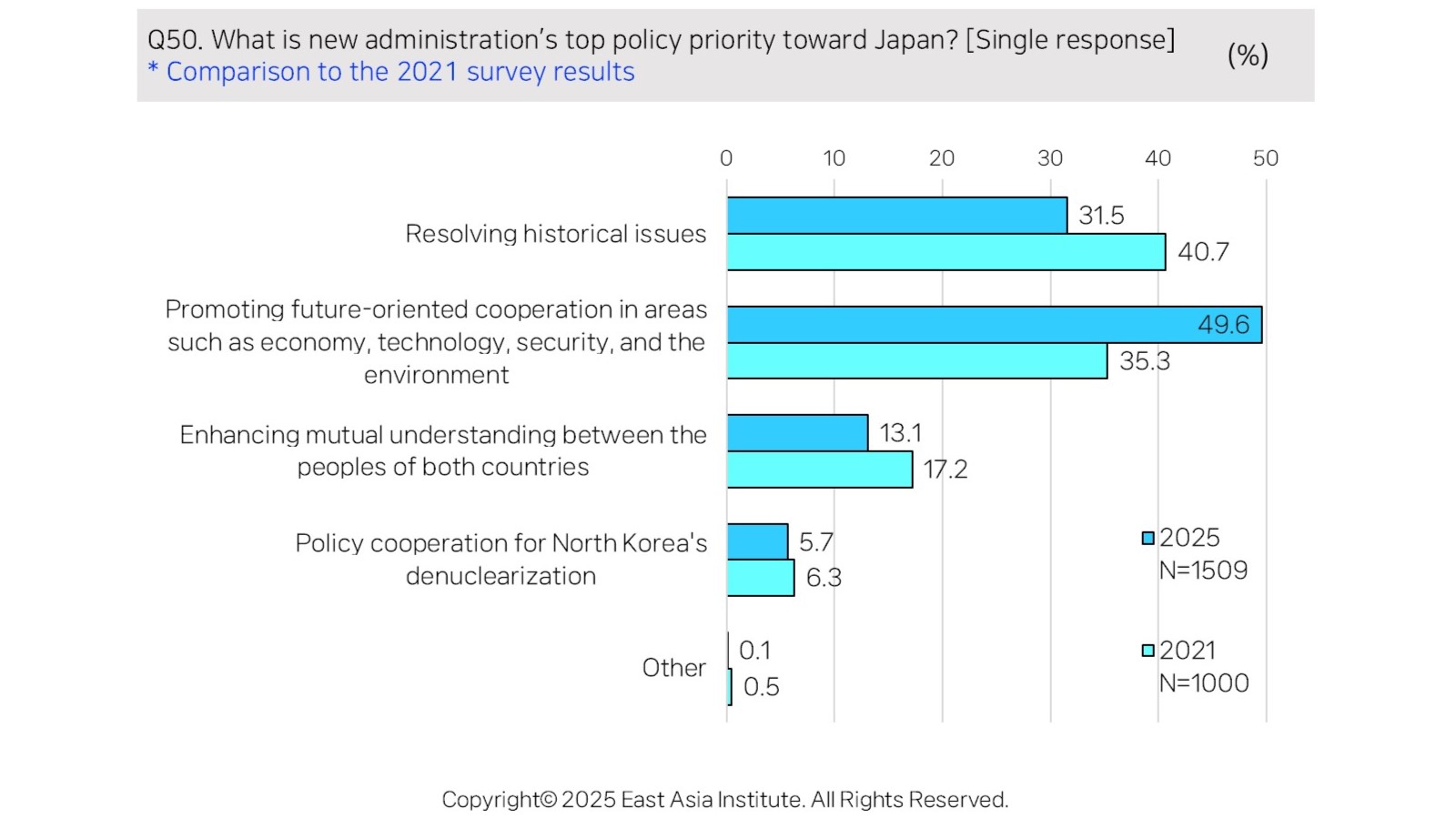
What factors have driven this shift? The regression analysis presented in Table 1 statistically examines the significance of various factors influencing public support for future-oriented cooperation. The findings highlight strong correlations with variables such as the perception of U.S.-China strategic competition and conflict, the expansion of protectionism and competition in advanced technologies, as well as favorability toward and trust in Japan.
Table 1. Regression Analysis Results: Determinants of Support for Future-Oriented Korea–Japan Cooperation[1]
|
Variables (Independent)
|
(1)
|
(2)
|
(3)
|
(4)
|
|
Primary threat: North Korean nuclear and missile threat perception
(ROK_Threat_DPRK)
|
0.612***
(3.69)
|
0.494**
(2.92)
|
0.487**
(2.87)
|
0.388*
(2.23)
|
|
Primary threat: U.S.–China strategic competition
(ROK_Threat_USPRC)
|
0.576*** (3.92)
|
0.584*** (3.87)
|
0.576*** (3.81)
|
0.521*** (3.37)
|
|
Primary threat: Protectionism/Technology competition
(ROK_Threat_TradeTec)
|
0.472**
(3.14)
|
0.522*** (3.36)
|
0.514*** (3.30)
|
0.454**
(2.85)
|
|
Impression of President Trump
(ROKUS_Trump)
|
–
|
0.186**
(2.91)
|
0.168*
(2.57)
|
0.084
(1.25)
|
|
Support for Trump’s tariffs
(ROKUS_Tariff)
|
–
|
-0.077
(-1.10)
|
-0.101
(-1.30)
|
-0.138*
(-1.74)
|
|
Evaluation of current ROK–U.S. relations
(ROKUS_CurrentRelat)
|
–
|
0.051
(0.66)
|
0.053
(0.69)
|
0.044
(0.55)
|
|
Trust in the United States
(ROKUS_Trust)
|
–
|
0.156**
(2.81)
|
0.146*
(2.58)
|
0.021
(0.34)
|
|
Support for trade restrictions with China
(ROKUS_PRCExCon)
|
–
|
–
|
0.05
(0.82)
|
0.004
(0.07)
|
|
Perception of economic competition with China
(ROKPRC_EconRelat)
|
–
|
–
|
0.171
(1.53)
|
0.101
(0.88)
|
|
Favorability toward China
(ROKPRC_Favor)
|
–
|
–
|
-0.009
(-0.15)
|
-0.042
(-0.71)
|
|
Trust in China
(ROKPRC_Trust)
|
–
|
–
|
0.005
(0.08)
|
-0.03
(-0.47)
|
|
Favorability toward Japan
(ROKJPN_Favor)
|
–
|
–
|
–
|
0.178**
(3.23)
|
|
Trust in Japan
(ROKJPN_Trust)
|
–
|
–
|
–
|
0.286*** (4.72)
|
|
Constant (_cons)
|
-0.434***
(-3.78)
|
-1.381***
(-5.22)
|
-1.480***
(-4.99)
|
-1.793***
(-5.74)
|
|
Observations (N)
|
1509
|
1509
|
1509
|
1509
|
*p < 0.05, **p < 0.01, ***p < 0.001
T-values are reported in parentheses.
Among these variables, U.S.-China strategic competition and conflict, along with protectionism and technology competition, emerge as the most statistically significant. These variables also rank highly among threats identified by respondents as the most pressing challenges facing South Korea today. As depicted in Figure 7, U.S.-China strategic competition and conflict ranked highest (64.9%), followed closely by protectionism and competition in advanced technologies (59.8%), with North Korea’s nuclear and missile threat ranking third (33.2%). The ascension of U.S.-China strategic competition above the North Korean nuclear issue, which topped the previous year’s survey, likely reflects increasing public concern over the expansion of the U.S.-China trade war and escalating risks associated with potential military conflict in the Taiwan Strait. The closely related issue of protectionism and competition in advanced technologies occupies the second position for similar reasons.
In essence, support for future-oriented cooperation demonstrates a clear correlation with perceived threats facing South Korea. Respondents who express greater concern about U.S.-China strategic competition and rising protectionism, demonstrate higher anxiety over technological rivalry, and maintain stronger favorable attitudes and trust toward Japan are likelier to support cooperative relations with Japan than those who do not.
Figure 7. Biggest Threats to South Korea
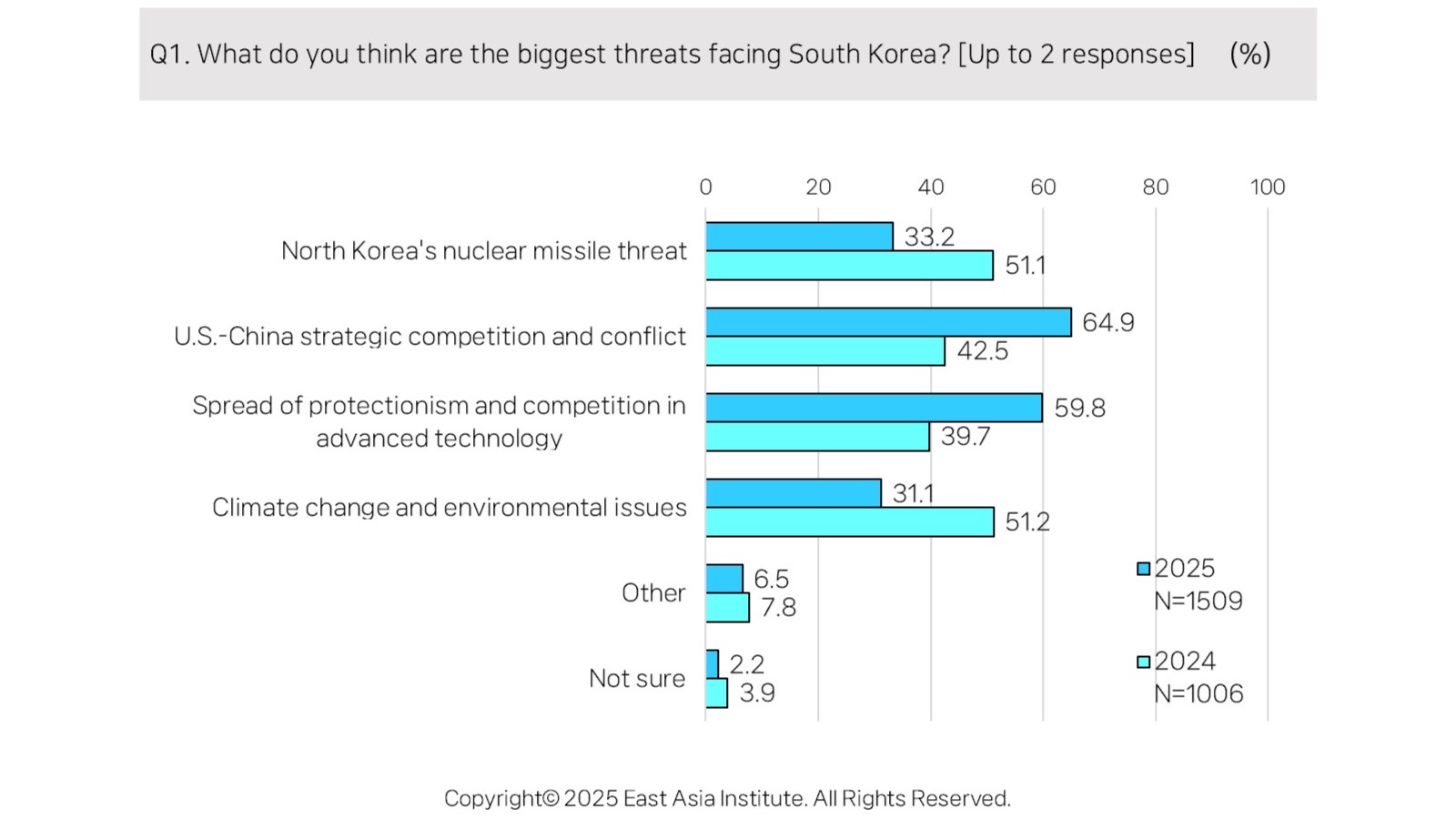
Figure 8. Potential Military Threats to South Korea, 2013-2025
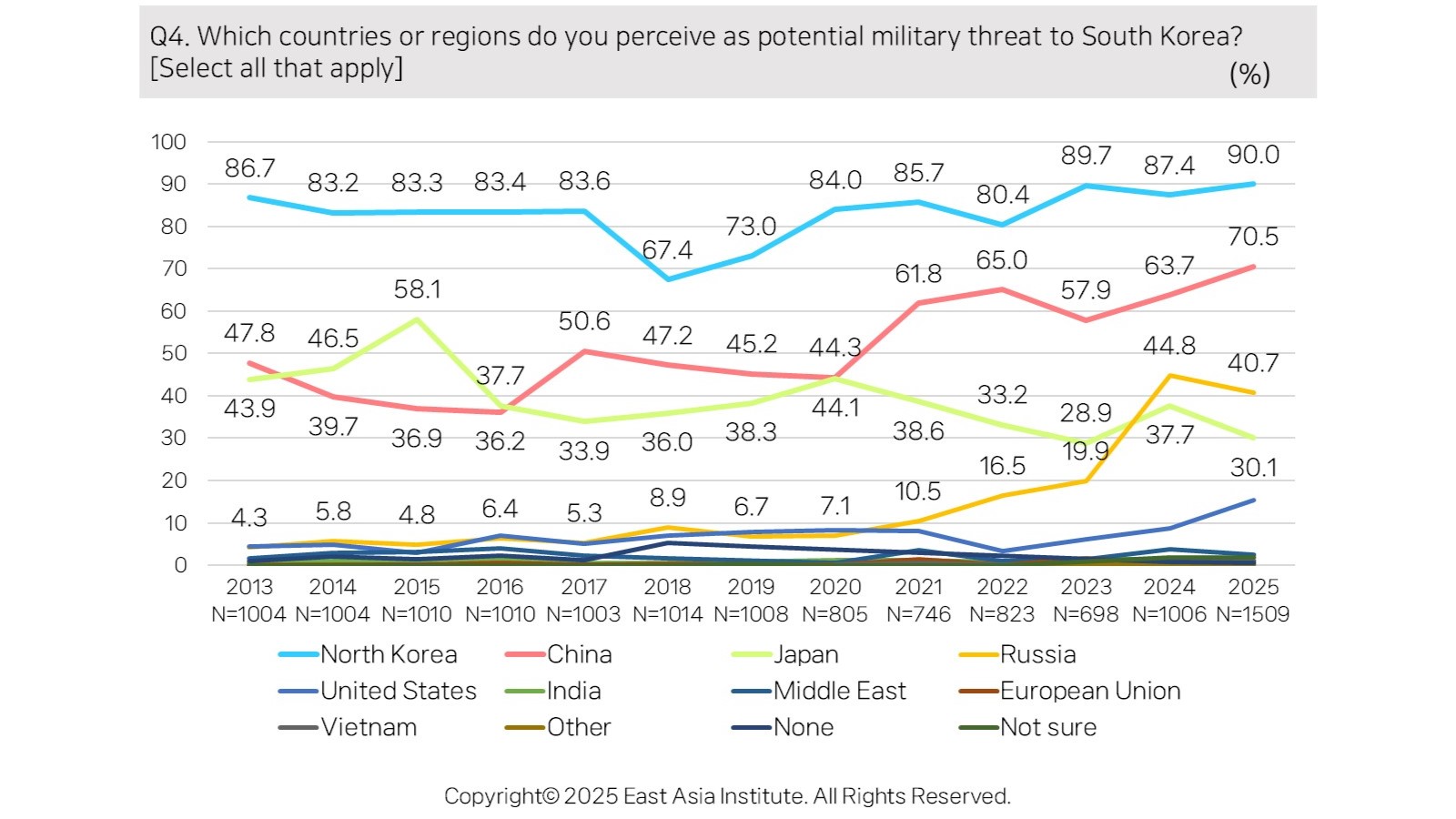
Figure 9. Trends in Favorability toward China, 2019-2025
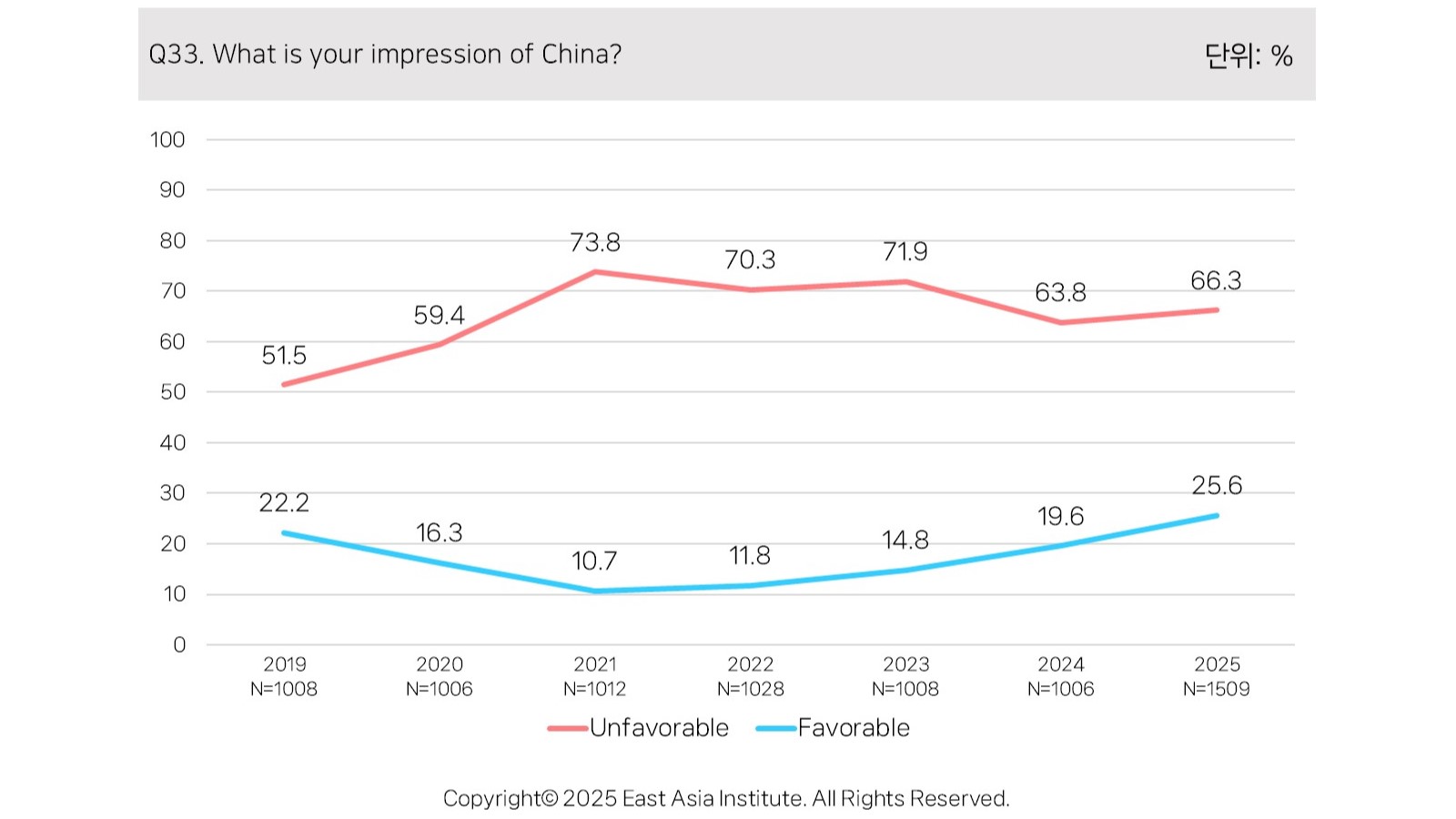
Risks associated with U.S.-China competition and conflict represent a combination of risks stemming from both China and the United States. Amid globalization, South Korea expanded its economic supply chains into China and significantly increased exports, sustaining long-term economic growth. However, this strategy resulted in an overreliance on China, at one point reaching 28% of total exports, thereby increasing strategic and security vulnerabilities. Consequently, South Korea faced economic retaliation from China, such as the sanctions imposed after the deployment of the Terminal High Altitude Area Defense (THAAD) systеm. Perceptions of China as a threat have notably increased since approximately 2017, accelerating sharply from 2020 onward (Figure 8). Concurrently, favorability toward China has drastically declined, falling as low as 10.7%, reflecting a widespread rise in threat perception and anti-China sentiment within South Korean society (Figure 9). Within in this context, public opinion increasingly favors reducing overdependence on China by enhancing cooperation with the United States and Japan, resulting in greater support for a U.S.-Japan alignment against China (Sohn 2021).
The reemergence of the Trump admіnistration, moreover, is another key factor behind the past year’s shift in sentiment. South Korea’s attempts to pursue economic diversification away from China or a “China plus one” strategy through increasing exports to the United States have ended up placing the country on the receiving end of Trump’s retaliatory tariffs over trade surpluses, perhaps demonstrating the consequences of overdependence on a Trump-led America. In the security domain, South Korea perceives growing risks associated with heavy reliance on the ROK-U.S. alliance. Amid declining hegemony, the United States has selectively scaled back international engagement, seeking to transfer deterrent responsibilities by pushing allies to assume greater financial burdens, increase military capabilities, and expand their security roles (Chun 2025). South Korea experiences these pressures through demands for reduced U.S. troop presence, increased strategic flexibility, regionalization of the alliance to counter China, and substantial increases in cost-sharing for U.S. military deployments; public opinion in South Korea, in turn, has become markedly sensitive to these issues.
Figure 10. Current State of ROK-U.S. Relations
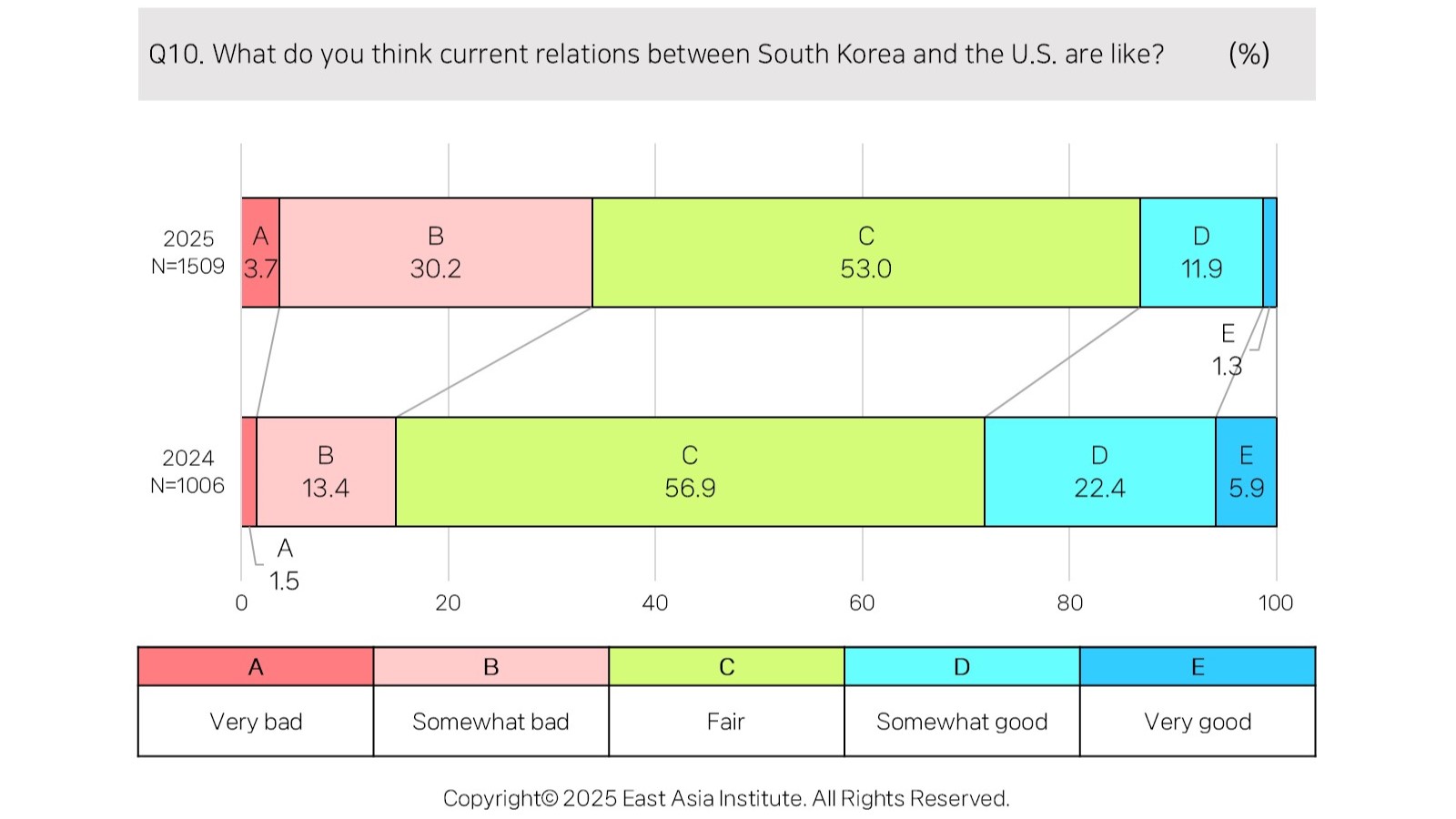
Figure 11. Trust in the United States
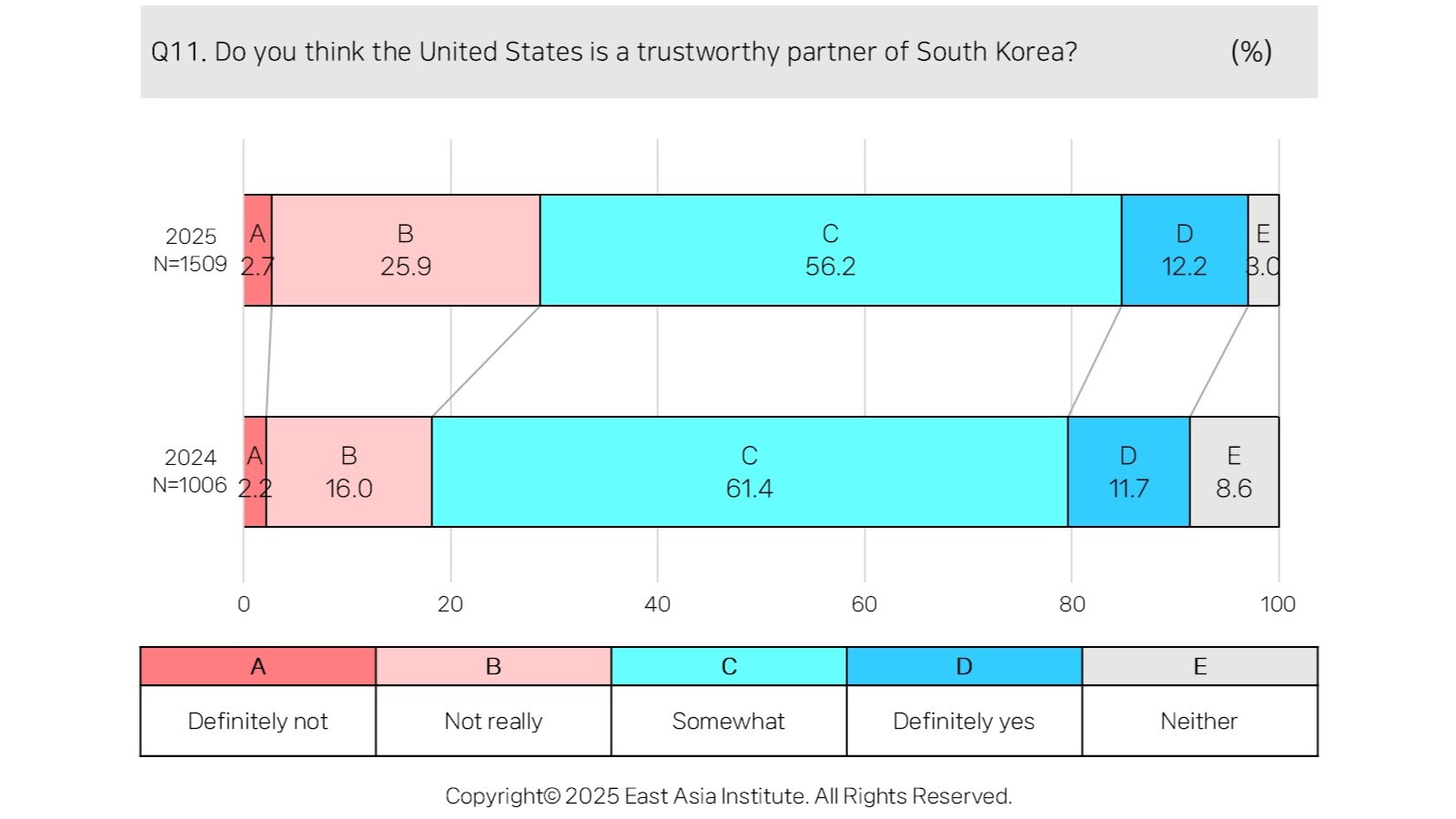
As shown in Figure 10 and Figure 11, pessimistic evaluations of current ROK-U.S. relations increased significantly over the past year (14.9% → 33.9%), and the proportion of respondents expressing distrust toward the United States rose substantially (18.2% → 28.6%). Negative sentiment toward the United States manifests prominently in unfavorable views of President Trump, whose negative ratings (75.5%) are even higher than those of Chinese President Xi Jinping (71.7%) (Figure 12). The primary cause for public backlash is overwhelming opposition (85.6%) to Trump-imposed tariffs (Figure 13). Reflecting this sentiment, perceptions of the ROK-U.S. economic relationship as competitive have also grown significantly (25.4% → 37.6%) (Figure 14). Awareness of the United States as a source of risk has increased significantly, parallel to the perception of China as a threat.
Figure 12. Impression of U.S. Presidents
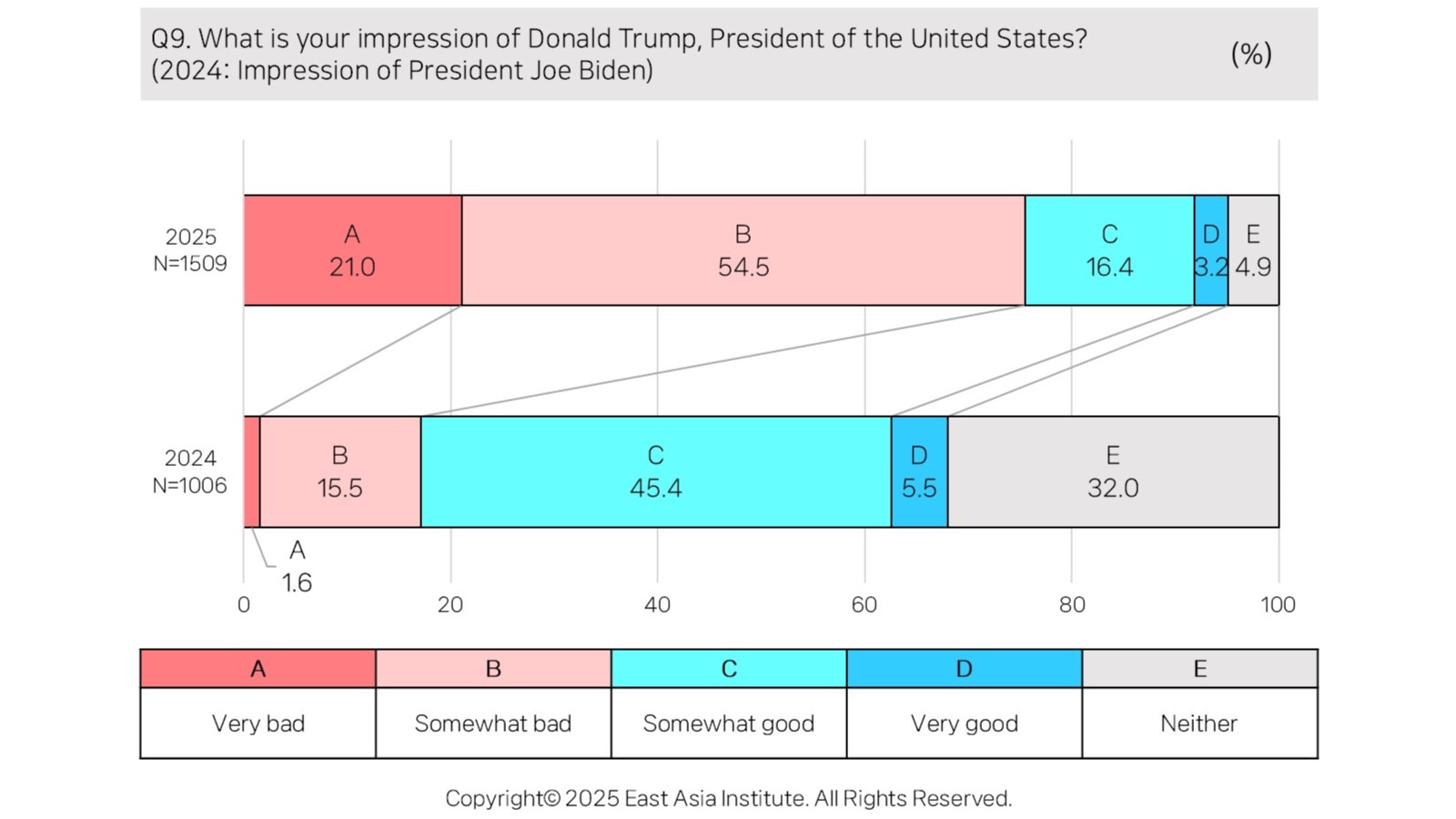
Figure 13. Impression of President Trump’s Tariff Policies
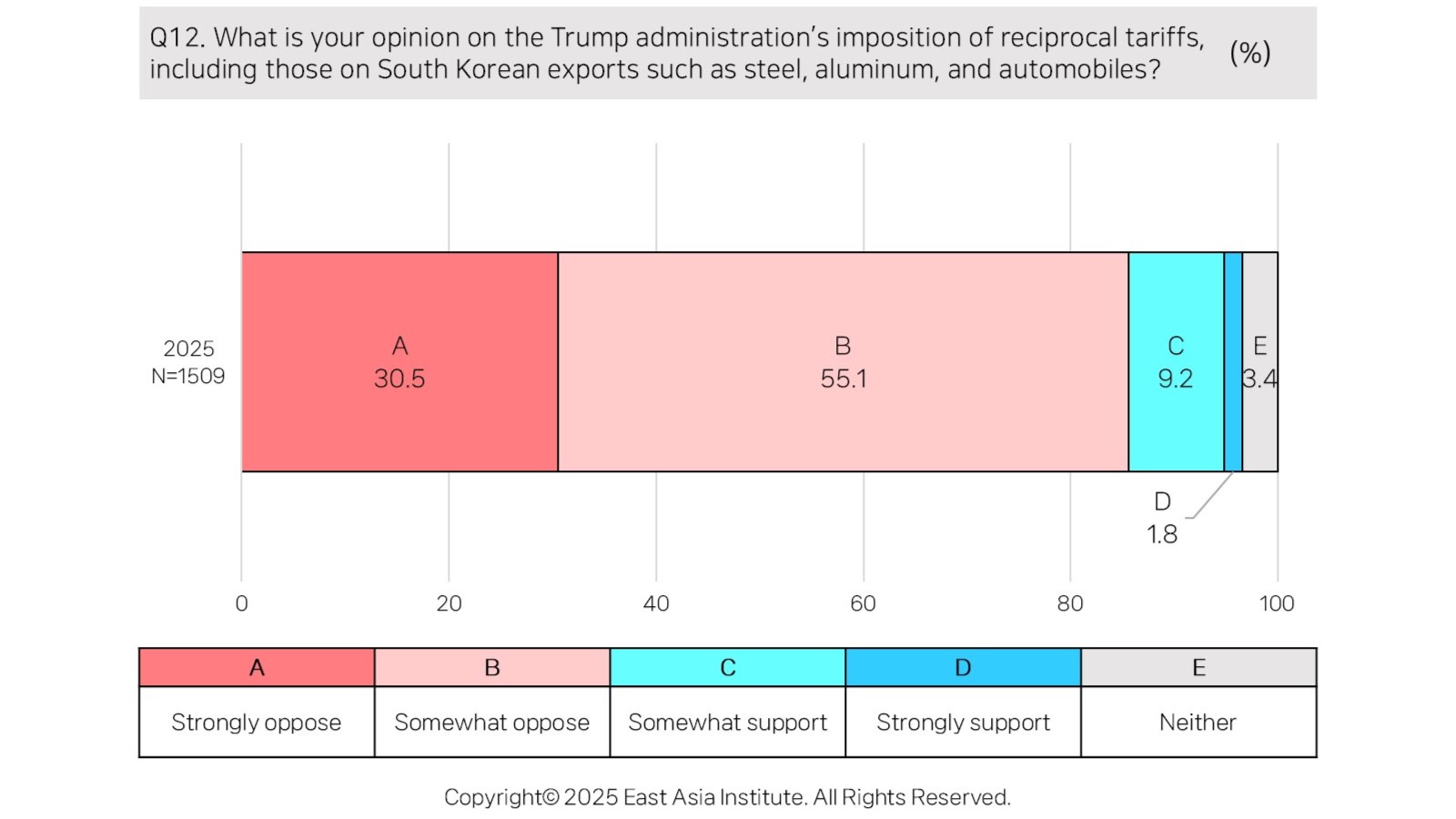
Figure 14. Opinion on ROK-U.S. Economic Relations
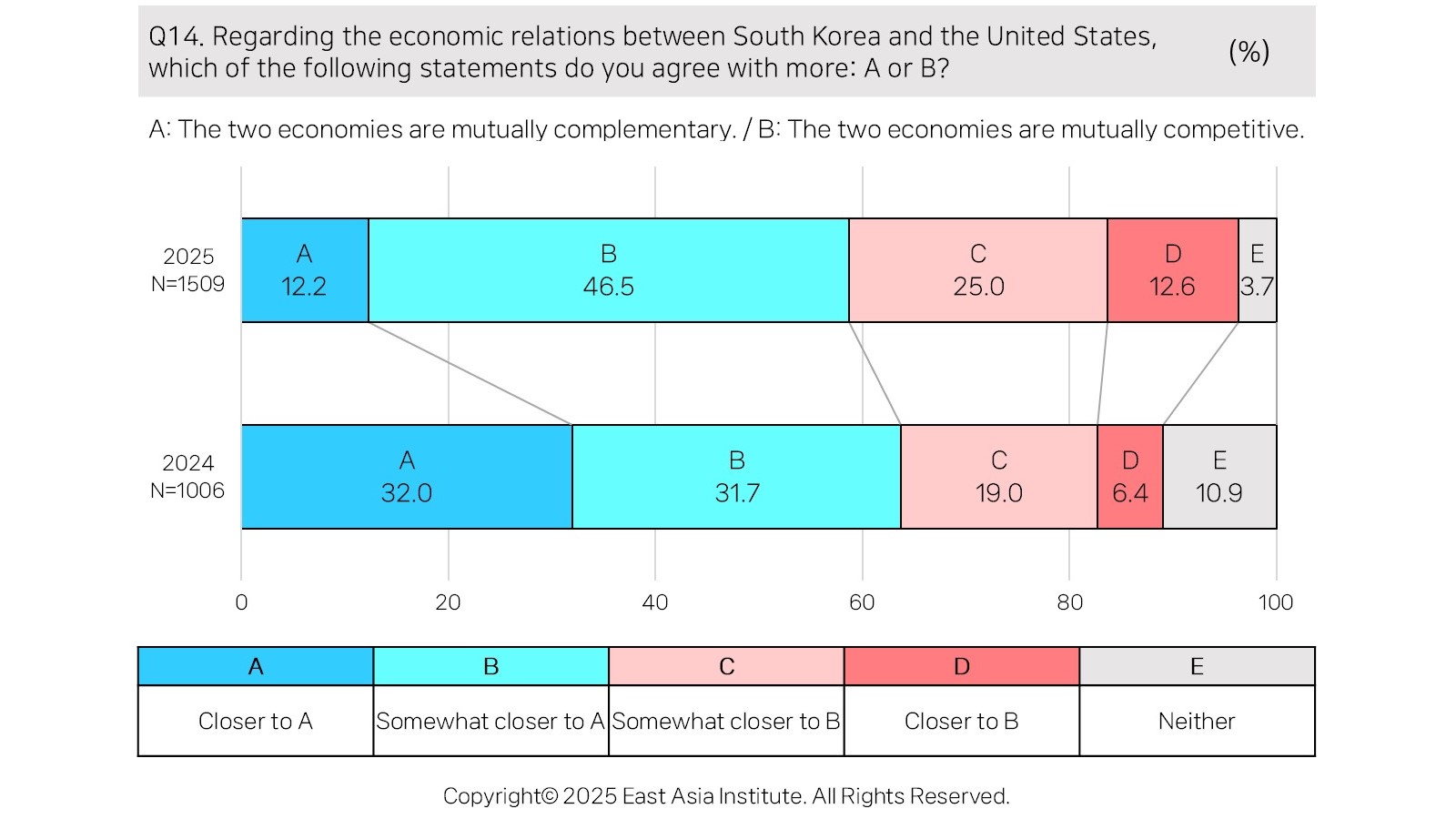
Figure 15. Opinion on U.S. Restrictions on Relations with China
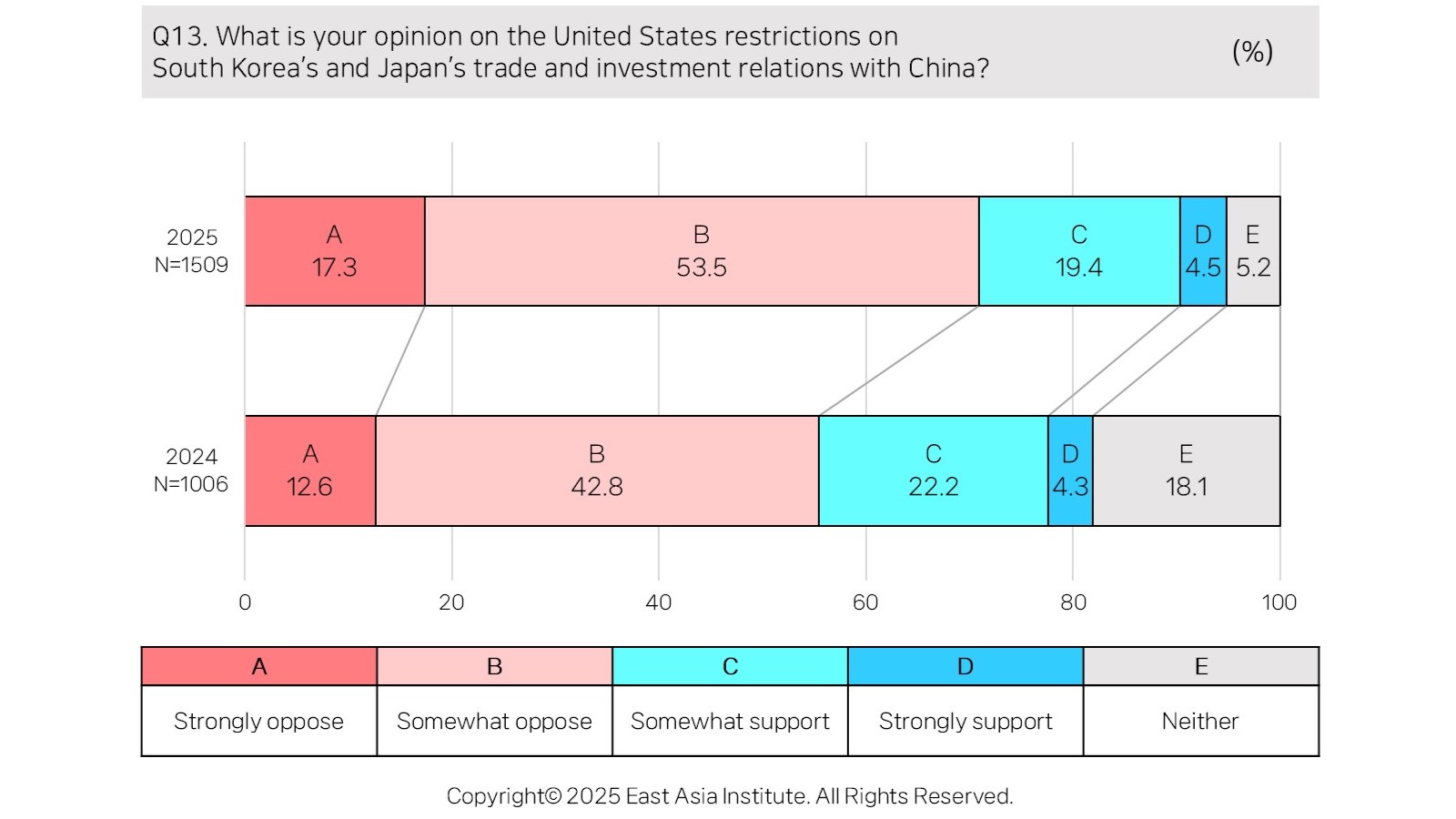
Indeed, much of the U.S.-related risk pertains directly to South Korea’s participation in U.S. efforts to counter China amid intensifying strategic competition. Just as the U.S. aims to regionalize the bilateral alliance for strategic containment of China, it also seeks to obstruct China’s supply chains and indirect export routes through tariffs, pressuring allies to restrict trade with, and direct investments in, China. Public opposition to Trump’s tariffs and restrictions on economic relations with China (55.4% → 70.8%) (Figure 15) indicates widespread concern about being forced into a binary choice between the U.S. and China and the resulting economic harm.
Fears of overdependence on China, growing anxiety over the alliance and declining trust in the U.S. due to perceived hegemonic decline, and intensifying threats from escalating U.S.-China strategic rivalry have prompted South Korea to reassess Japan’s strategic value. The increase in trust toward Japan (33.1% → 41.2%) is due neither to a significant improvement in Japan’s national power nor a progress in resolving history disputes, but it rather reflects South Korea’s changing perceptions toward its strategic environment and the imperative to mitigate risks associated with overdependence on China and the United States. Given that strengthening self-reliance has practical limitations in the short term, solidarity and alignment with countries sharing similar positions have become critical.
Thus, public sentiment now prioritizes cooperation with Japan—similarly positioned regarding these external pressures—in security, economy, and technology. This strategic alignment explains the further increase in public support for strengthening trilateral military-security cooperation among South Korea, the United States, and Japan (66.5% → 75.3%) (Figure 16), indicating recognition of the necessity for deeper solidarity not only with the United States but also with Japan.
Figure 16. Opinion on ROK-U.S.-Japan Security Cooperation, 2018-2025
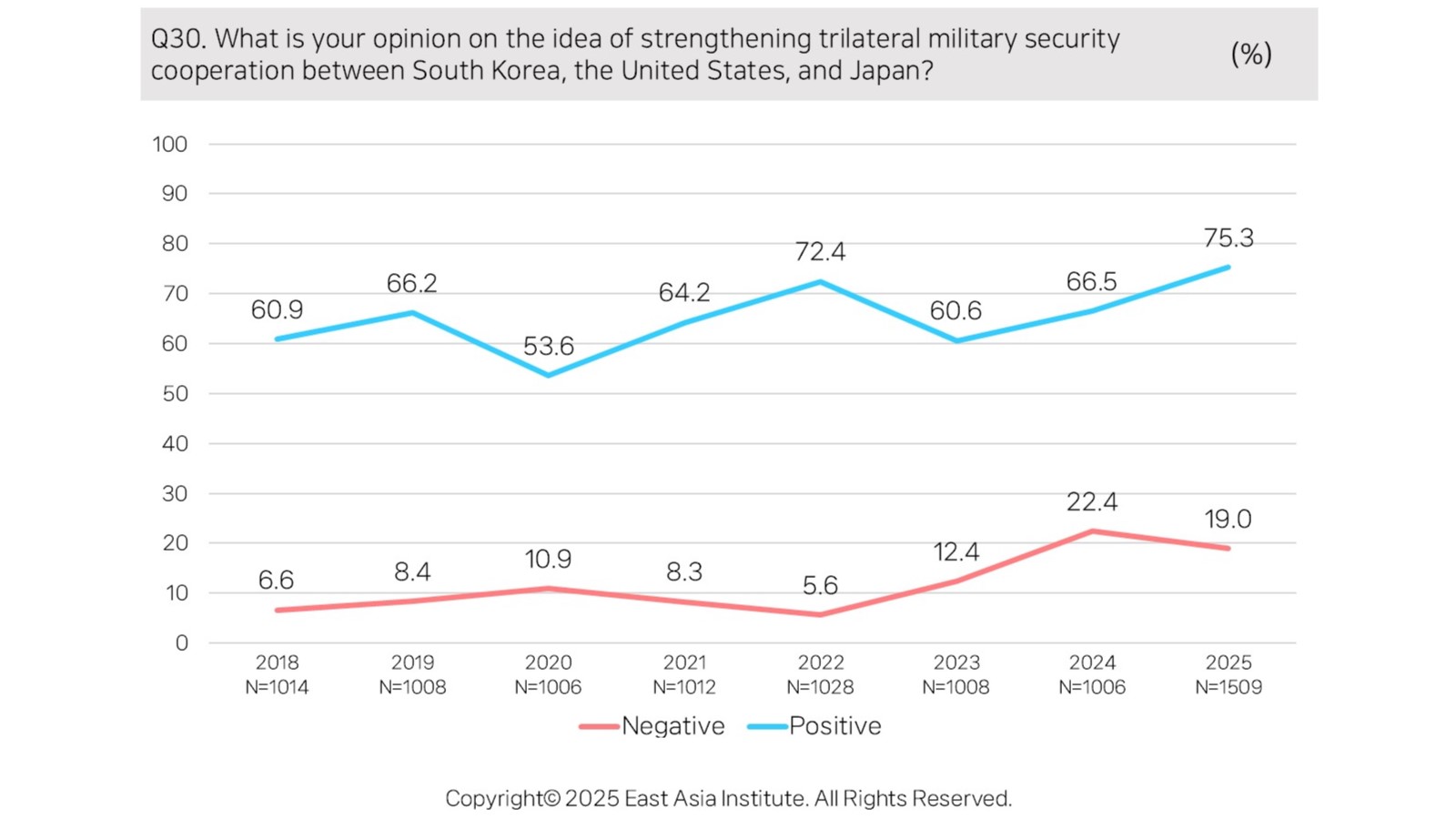
Ⅳ. Perceptions of Japan Policy, and Lee Jae-myung’s “Pragmatic Diplomacy”
With the revelation of a record-high increase in favorable public sentiment toward Japan, the latest EAI Public Opinion Survey has elucidated the amount of preexistent support for a “future-oriented” trajectory in ROK-Japan cooperative relations. Such numbers simultaneously reflect public endorsement of the new admіnistration’s commitment to pursuing future-oriented relations with Japan. In this context, newly-elected President Lee Jae-myung has publicly expressed hope that both Korea and Japan seek paths to address future challenges and pursue mutual prosperity from the perspective of their respective national interests. Respondents identified joint responses to the risks associated with excessive economic and security dependence on China and the United States as core strategic challenges. These issues were described as common tasks to be pursued gradually and consistently with a long-term strategic outlook.
Nonetheless, concerns remain regarding the feasibility of this policy orientation. During the Moon Jae-in admіnistration, the current ruling party (Democratic Party: DP) adopted a hardline stance toward Japan. It then vocally condemned the Yoon Suk-yeol admіnistration’s efforts to ameliorate relations with Japan. Policy responses related to forced labor, the discharge of contaminated water from Fukushima, and Japan’s UNESCO World Heritage inscription of the Sado Mine were vehemently criticized as “diplomatic humiliation” or “the worst diplomatic disaster.”
Indeed, the latest survey results indicate a pronounced partisan divide, with supporters of the ruling party (progressive bloc) consistently expressing negative views of Japan across nearly all surveyed areas, including overall impressions, trust, and current bilateral relationship evaluations. In contrast, supporters of the opposition (conservative bloc) expressed predominantly positive views. Such polarized political dynamics thus raise legitimate concerns that partisan conflicts may hinder the effective implementation of future-oriented Korea-Japan cooperation. This political polarization is further reflected in responses predicting that Korea-Japan relations under the Lee admіnistration would deteriorate (41.5%), surpassing those anticipating improvement (31.9%).
Ultimately, the success of the Lee admіnistration’s future-oriented policy depends not only on Japan’s responsive posture but also on the admіnistration’s ability to secure broader political and public support and prevent opposition parties from obstructing initiatives merely for partisan interests. Marking the 60th anniversary of diplomatic normalization between Korea and Japan, President Lee Jae-myung’s pragmatic diplomacy, centered on the pursuit of practical interests beyond nationalistic ideologies and values, has now taken center stage. ■
References
Chun, Chaesung. 2025. “Shifting International Order and U.S.–China Strategic Rivalry: Diplomatic and Security Challenges for the New Admіnistration” (In Korean). EAI Special Report. May 27. https://www.eai.or.kr/new/ko/pub/view.asp?intSeq=23263&board=kor_special (accessed June 16, 2025)
Sohn, Yul. 2021. "The China Challenge Prompts Recovery of a Strained ROK-Japan Relations: Analyzing ROK-Japan Relations Through the 9th Joint Korea-Japan Public Opinion Survey." EAI Issue Briefing. November 1. https://www.eai.or.kr/new/ko/pub/view.asp?intSeq=20873&board=eng_issuebriefing (accessed June 16, 2025)
______. 2024. "Polarization and South Korea’s Japan Policy: Key Takeaways from the 2024 Public Opinion Survey on Korea-Japan Relations." EAI Issue Briefing. September 30. https://www.eai.or.kr/new/ko/pub/view.asp?intSeq=22744&board=eng_issuebriefing (accessed June 16, 2025)
Sohn, Yul, and Hayeon Lee. 2021. “Pop Culture Consumption Drives Korea–Japan Mutual Favorability: Can It Serve as a Breakthrough in Strained Bilateral Relations?” (In Korean). EAI Issue Briefing. November 15. https://www.eai.or.kr/new/ko/pub/view.asp?intSeq=20891&board=kor_issuebriefing (accessed June 16, 2025)
Sohn, Yul, Yang Gyu Kim, and Hansu Park. 2023. "Diverging Perspectives on Improving Bilateral Relations: Analysis of the 2023 Korea-Japan Joint Opinion Poll." EAI Issue Briefing. October 24. https://www.eai.or.kr/new/ko/pub/view.asp?intSeq=22182&board=eng_issuebriefing (accessed June 16, 2025)
[1] This statistical analysis was conducted with the assistance of Professor Yang Gyu Kim (Korea National Defense University).
■ Yul Sohn is the President of East Asia Institute (EAI) and Professor at Yonsei University.
■ Edited by Hansu Park, EAI Research Associate
For inquiries: 02-2277-1683 (ext. 204) hspark@eai.or.kr
![[EAI Issue Briefing] The Public Prioritizes a Future-oriented Cooperation over Resolving the History Problem in Korea-Japan Relations: 2025 EAI Public Opinion Poll on East Asia](/data/bbs/eng_issuebriefing/20250627164526777359170.jpg)
![[ADRN Issue Briefing] The 2025 Japan’s Upper House Election: The Rise of Fragmented Party Politics](/data/bbs/eng_issuebriefing/20250814105239541832118(0).jpg)
![[ADRN Issue Briefing] Climate Mis/Disinformation in the AI Era: Global Trends & The Indonesian Case](/data/bbs/eng_issuebriefing/20250808103126546503444(0).jpg)